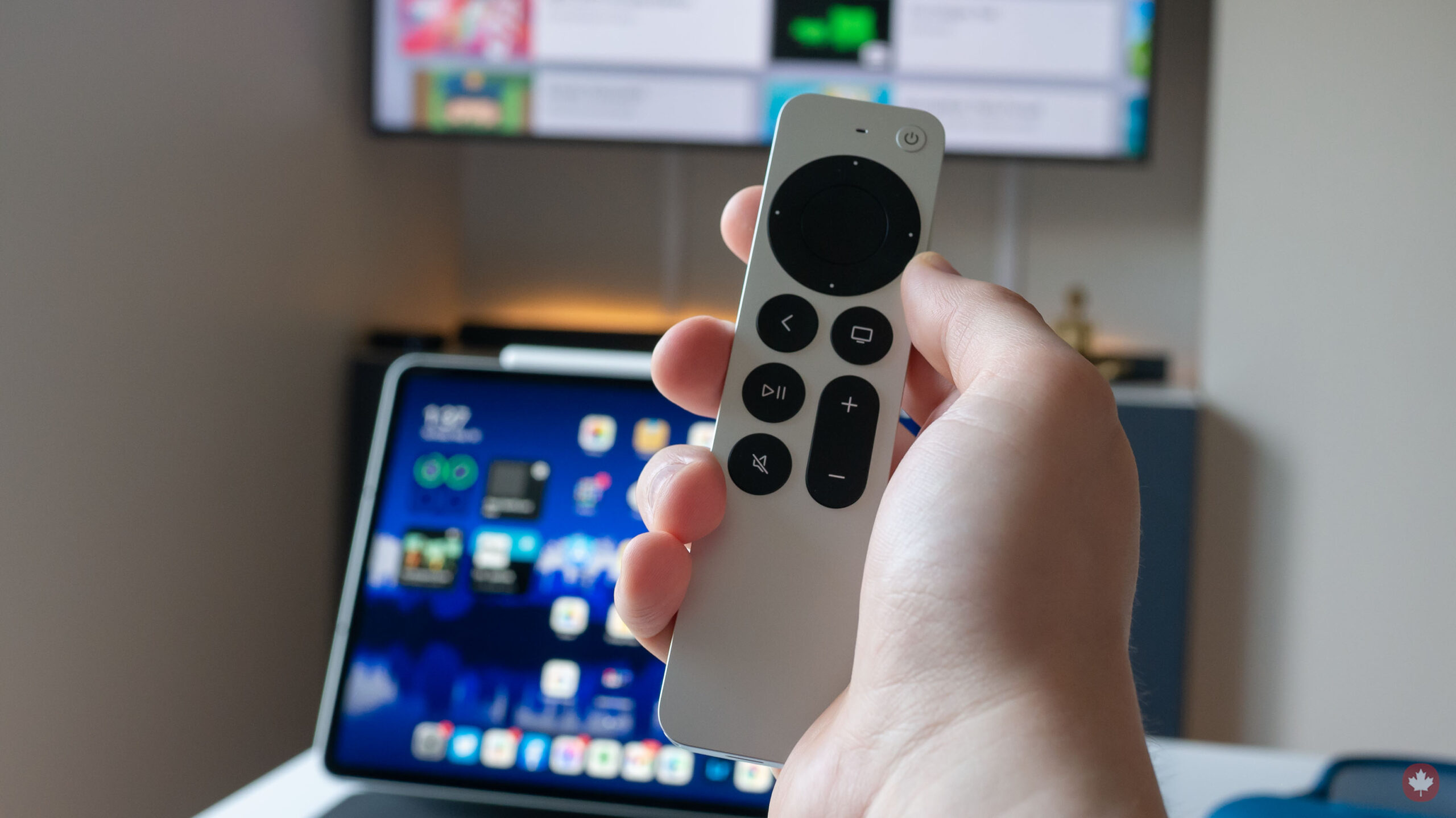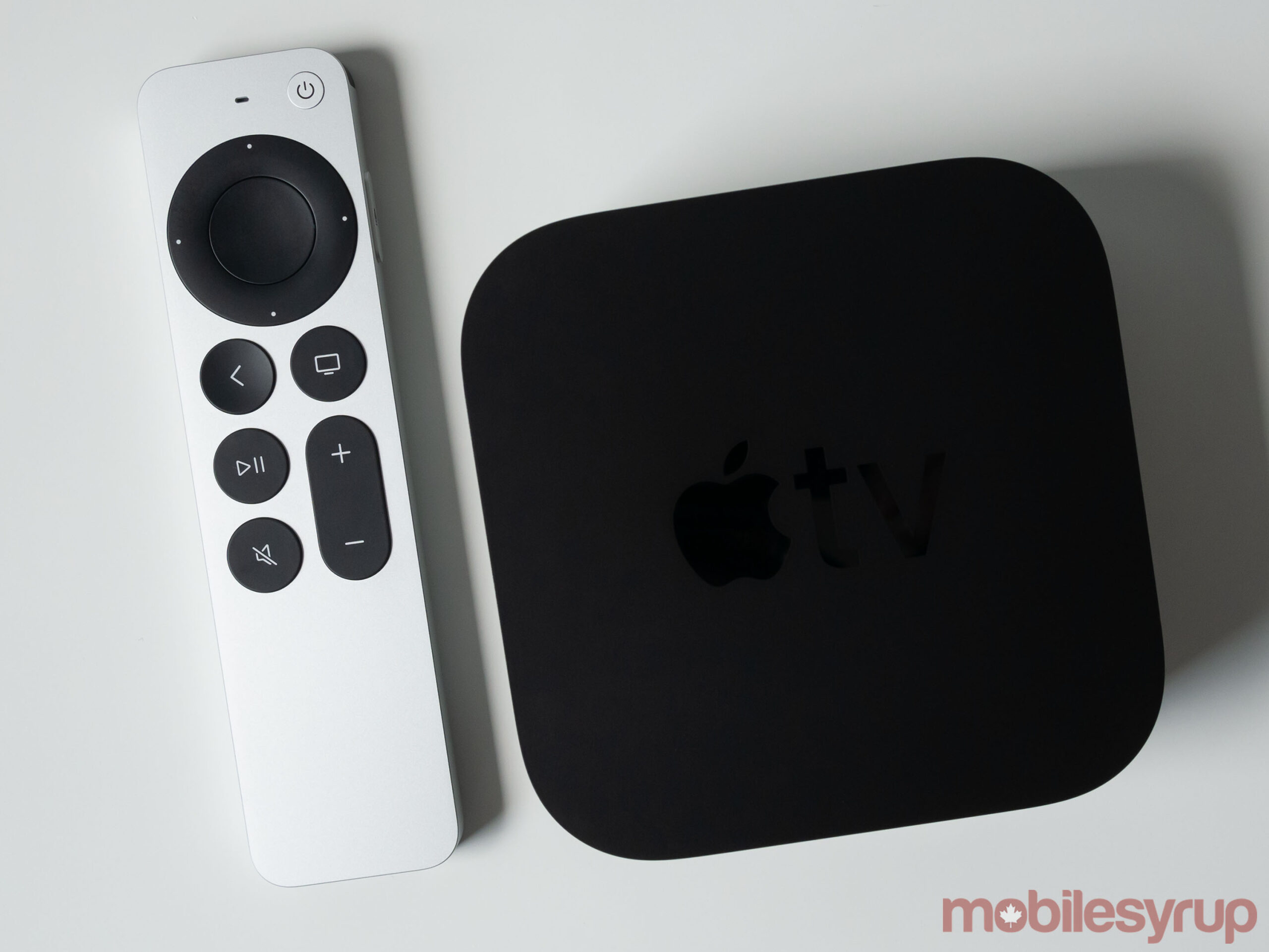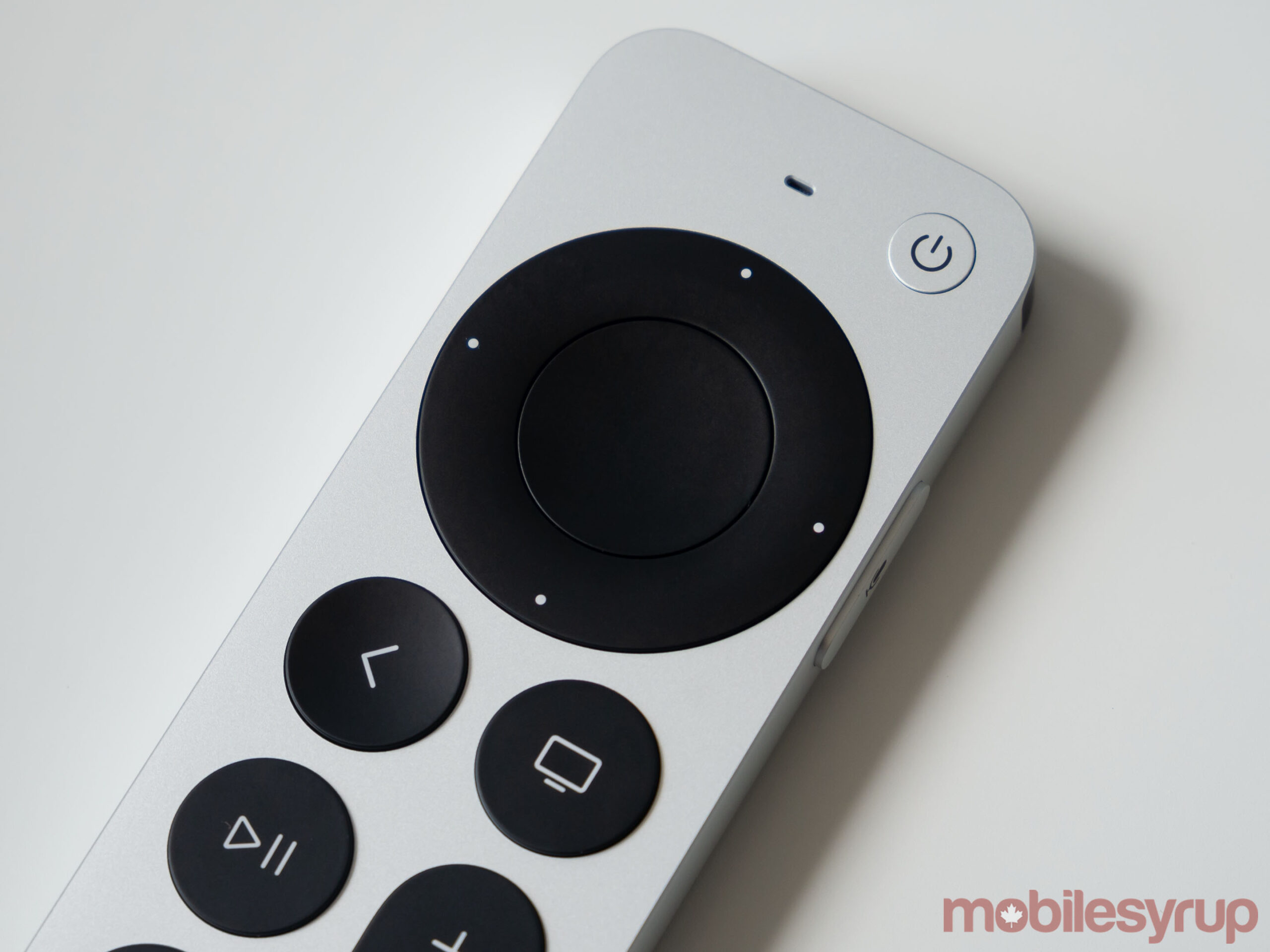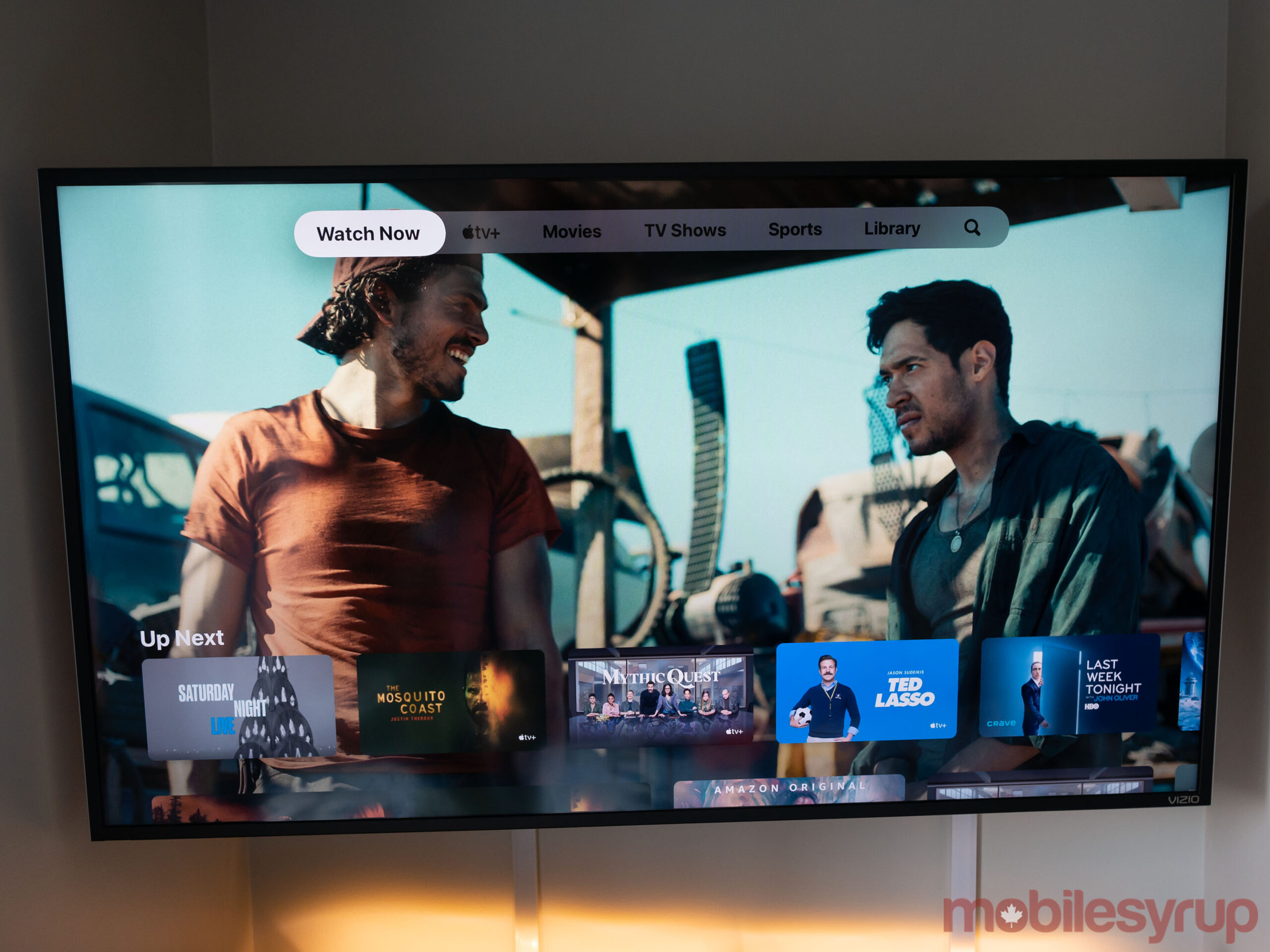
Ahead of the Apple TV 4K (2021) and accompanying 2nd-gen Siri Remote’s launch, I sat down with Tim Twerdahl, Apple’s vice president of product marketing for home and audio, to get more insight into what the new A12 chip means for the streaming device and why Apple finally decided to revamp the Siri Remote.
Twerdahl touches on various subjects during the interview, including the Apple TV 4K’s overarching goal of becoming the only streaming device you need in your home, that Apple still really cares about gaming and if eARC is ever coming to the set-top box.
The full interview is available below:
Question: The new Siri Remote is great looking and performs awesome. It answers all of my complaints about the old one in a way I didn’t expect. Why the shift to a totally different remote now?
Tim Twerdahl: Yeah, well you know we’re obviously always trying to make our products better and find ways to deliver richer experiences to people at home. One of the things that’s happened is we’ve seen sort of the kinds of content and how people are getting their Apple TVs, shift a little bit.
For example, in Canada, Telus uses Apple TV as a set-top box. Now, here in the U.S., Charter Spectrum does, and as you get more live linear programming, it requires different things from the remote. I think the addition of mute, for example, is really interesting because when you are watching on-demand video, ‘pause’ and ‘mute’ are sort of the same thing, but once you’ve got ad-supported content — once you have sports and things that maybe you don’t want the sound on, but you want to keep playing — mute becomes so much more powerful.
“We’ve got a beta out for eARC and the ability to have other sources connected to your TV use Apple TV to output to HomePods, and we’re committed to making great audio products for the home.”
We recognize that because a lot of people were moving to the Apple TV as the one box they have, having one remote that did it all in terms of powering up and down your system, would be important, so we wanted to add that as well. We knew that there was a group of customers who really had grown up on or historically used five-way controls — up down left right select — and just felt comfort with that. We knew that there was a lot of power in the swiping, but we thought that maybe something that delivered on the best of both worlds was a great way to enhance the experience of customers.
Q: The ability to use the circular Clickpad as a button, but also with touch controls, feels super unique. I didn’t think I’d be saying this going into trying the remote, but I’m actually using the swipe controls more than I thought I would. They just seem way more accurate on the new remote, especially compared to the original Siri Remote.

Was anything specifically changed about the hardware or does the additional accuracy relate more to the fact that the touch portion is now a circle?
Twerdahl: I think when we changed the hardware, we ended up with an interesting challenge to solve. We actually have two different touch surfaces here — the outer ring and the inner — and we had to make them feel like one continuous surface. A lot of the algorithms were updated and refined; probably what you’re feeling is the new algorithms for swiping making it feel better, as we’ve had a chance to tune those.
I’m curious, what I’ve found myself doing is sort of a hybrid where I swipe to get into a list but maybe click for the last couple of motions, are you doing that at all?
Q: I’d say I’m pretty much exclusively swiping. Which again, I didn’t think was going to happen. I fell in that boat where I missed physical buttons from the much older Apple TV remotes, and I thought I would go back to that, but I haven’t, and that’s been surprising.

Continuing with the remote, is there any fear developers that have invested in the Apple TV ecosystem will be frustrated by being required to rework the Siri Remote’s motion controls given the 2nd-gen Remote ditches them entirely?
Twerdahl: We certainly don’t want to frustrate developers. We do think that when you want to play a game, a dedicated game controller is the best experience, and I think most of our developers would agree with that. To be honest, I’m not sure a ton were using the motion APIs available prior to wider controller support.
But, the ability to leverage and MFi controllers or an Xbox or PlayStation controller that so many people already have at home, to take advantage of the amazing array of games we now have — and so much of that’s been driven by Apple Arcade by the way — that we think that the customers who want a game, will get the absolute best experience with a game controller.
Q: I often refer to the Apple TV as the best-kept secret in gaming. It can be a great second gaming platform, especially when you pair it with an Apple Arcade subscription. I think there are some people out there that just don’t realize the value Apple Arcade offers in terms of being a more casual gaming subscription service.
With that in mind, one of the other big changes to the new Apple TV is obviously the more powerful A12 chip. What does that open up on the platform? I assume it’s now easier for developers to port games to the device, but is there other functionality that the A12 chip opens up now because developers have more headroom in terms of what they’re capable of doing with their apps?
Twerdahl: Absolutely. I think that the popularity of gaming on iOS, as you know, is unmatched. It’s a huge gaming platform and the fact that so much of the Arcade stuff works so well and feels so great on the big screen, does make Arcade just that much more valuable to anybody who has an Apple TV.
“It’s clear that there’s a class of content that’s moving in this direction and we want to be ready for it as it comes out.”
There are a couple of things. One is we use the power of the A12 Bionic to deliver our high framerate content, which is important as we sort of push more into that. But to your point about gaming — absolutely — it will depend on how different developers take advantage of it. The A12 Bionic gives about a fifty percent increase in graphics performance. So, yes, there’s a lot more headroom there for developers to be creative and push the envelope even more.
Q: Now that the Apple TV 4K features HDMI 2.1. Does this mean we could see 120Hz games on the platform at some point? This is a huge thing with the Xbox Series X and PlayStation 5.
Twerdahl: I’m not going to comment about the future too much, but I will say we’re excited about HDMI 2.1 for some other reasons. I don’t know if you’ve noticed, but we’ve got a beta out for eARC and the ability to have other sources connected to your TV use Apple TV to output to HomePods, and we’re committed to making great audio products for the home. We’re excited about that aspect of HDMI 2.1.

Q: Dolby Vision, 60Hz support is great, but is that more future-proofing the Apple TV 4K (2021)? For example, in Canada, will there be any content that supports the refresh rate/resolution (I know it’s primarily designed for sports).
Twerdahl: We are actively working with content providers on that. What we’re finding is the folks that are most receptive right now are the sports networks because there’s a lot of benefits for the fast action there. In the U.S. there’s Fox Sports, NBC Sports, CBS Sports and Canal+ in France. In Canada, the Redbull TV app is a place to see some of that stuff right now. We do think it is, to your point, a great way to future-proof your purchase of the Apple TV 4K (2021). It’s clear that there’s a class of content that’s moving in this direction and we want to be ready for it as it comes out.
“With the changes we’ve made to the Siri Remote — including making it a bit thicker so it won’t fall in your couch cushions as much — that need to have all these other network devices find it seems a little bit lower.”
Q: Making the Apple TV 4K compatible with video game console controllers from Sony and Microsoft was a relatively recent move. Why did Apple do that? It really expands the Apple TV 4K as a gaming platform in a positive way but it’s somewhat of an uncharacteristic move for Apple.
Twerdahl: As we thought about it, we wanted customers who love games and want to engage with Apple Arcade on the TV to have the best experience possible. And it’s very clear that the traditional style batwing game controller is the way people really like to engage with games.

We also recognized that people already have game controllers and we should just make those work great with Apple TV. And with so many of those being Bluetooth and us already having Bluetooth connections in the Apple TV, it was a great way to simplify the experience for customers and take the thing that’s already sitting on the couch next to them work with Apple TV.
Q: Was there ever any thought to adding some sort of U1 AirTag-like technology in the 2nd-gen Siri Remote? I’m always losing the remote in my couch cushions and it seems like it would be a great idea. Did Apple not bother because the ‘Find My’ network is more designed for use outside of the home?
Twerdahl: We are super excited about AirTags and what we’re doing with U1, and part of that power is the Find My network and the fact that we can leverage a billion devices around the world to help you find stuff.
To your point, that is the most powerful out of the home. With the changes we’ve made to the Siri Remote — including making it a bit thicker so it won’t fall in your couch cushions as much — that need to have all these other network devices find it seems a little bit lower.
For more on the Apple TV 2021 and the 2nd-gen Siri Remote, check out my review.
This interview has been edited for length and clarity.
MobileSyrup may earn a commission from purchases made via our links, which helps fund the journalism we provide free on our website. These links do not influence our editorial content. Support us here.


